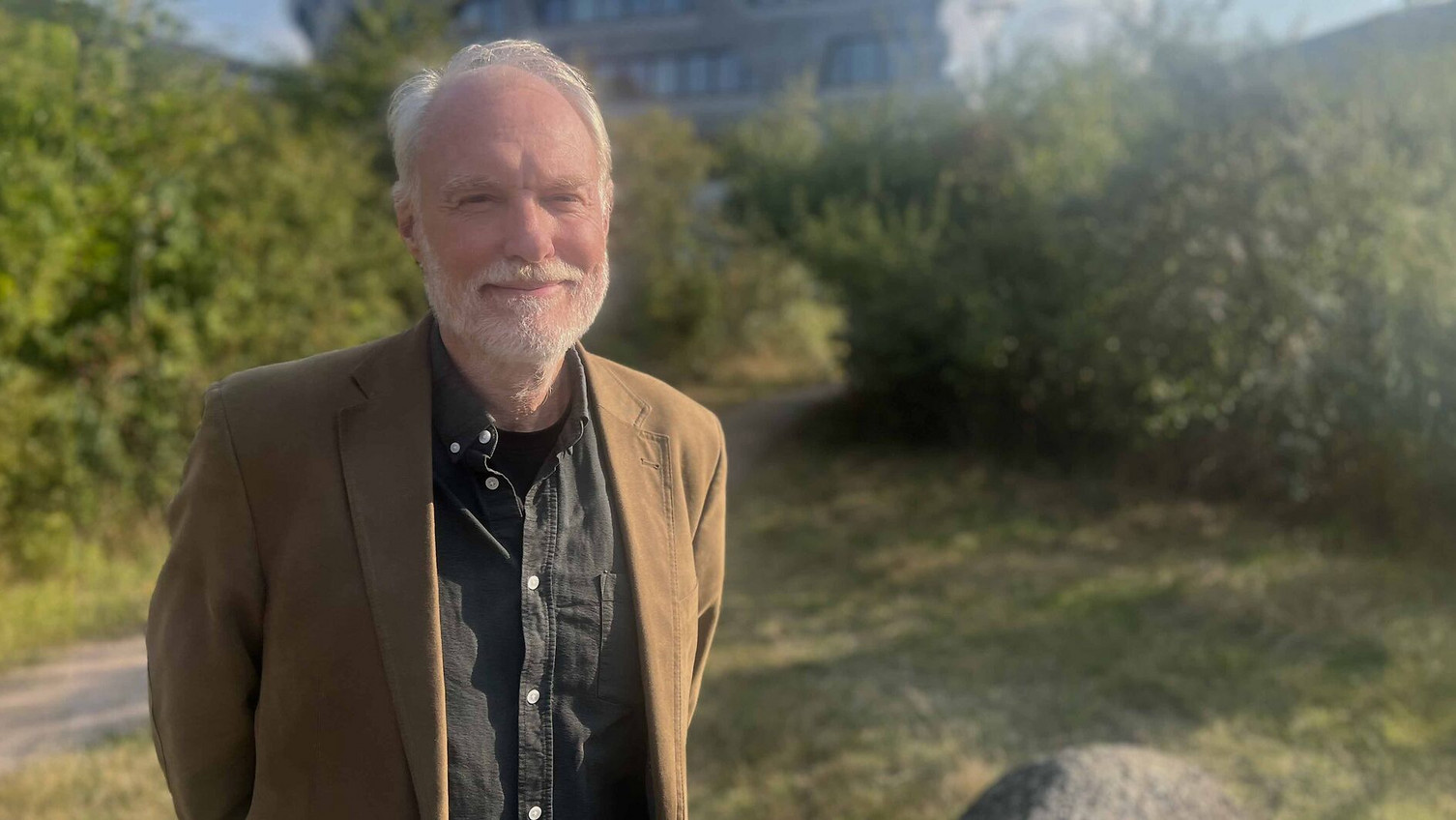Biodiversity loss: Werner Härdtle publishes fundamental work
2024-10-29 20,000 to 30,000 species become extinct every year, researchers estimate. The consequences are dramatic: ‘Biodiversity is the basis of our prosperity,’ explains the professor (retired) of ecology. Without species diversity, so-called ecosystem services such as pollination, coastal protection or carbon storage would cease to exist. The approximately 900-page book ‘Biodiversity, Ecosystem Functions and Nature Conservation’ explains the issues in a way that is easy to understand.
Professor Härdtle, science has long been aware of the dramatic loss of species and the consequences for humans. Why is the biodiversity crisis hardly discussed in public?
Werner Härdtle: The issue of climate change has been on people's minds and on the political agenda for a long time. Unfortunately, the same cannot be said for the biodiversity crisis. Perhaps, after coronavirus, war and climate change, it is one crisis too many. However, climate change and biodiversity loss are closely linked: due to rising temperatures, cold-loving species, for example, have to migrate further north or to higher altitudes. But at some point it will be too warm there too. Conversely, a high level of biodiversity can buffer the negative effects of climate change. Species-rich ecosystems are more resilient to climatic changes: for example, the shade cast by plants in the upper storey can protect light-sensitive species from excessive solar radiation. Another example is the phenomenon known as ‘hydraulic lift’. In this process, water is absorbed by the roots of a deep-rooted species in lower, moister soil layers and later - usually at night - released into drier layers closer to the surface. Plants in upper soil layers benefit. By contrast, a monoculture is generally only productive if favourable weather conditions prevail, for example, sufficient precipitation.
At school, we learned that all species compete with each other. So is that not true at all?
I also grew up with this idea in my training: species compete and compete for resources. That's not wrong, but this idea is – as we know today – completely incomplete. Species also ‘support’ each other. This is a very important mechanism in ecology and the coexistence of species. In this way, negative cascade effects can arise in ecosystems when species become extinct. Across several trophic levels, species and thus their supporting functions disappear. The example of a mycorrhizal network illustrates this: the whitish network in the soil is the ‘fine root system’ of a fungus that connects various plants and supports the exchange of nutrients and water.
For example, plants can invest carbon compounds in the mycorrhizal network and receive nutrients in return. Chemical signalling substances can also be exchanged via such fungal networks. If, for example, a plant within this network is attacked by a herbivorous insect, a chemical signal is produced that attracts predators that eat the pest. Often, it is precisely species that are weak in competition or sensitive to certain environmental conditions that are particularly supported within these symbioses. We need to communicate these mechanisms and their ecological significance much more clearly.
What happens if we do nothing to stop the extinction of species?
Functioning biological diversity is the basis of our prosperity. The core hypothesis of functional biodiversity research is that species loss reduces the functionality of the systems and the services provided for humans, such as pollination, carbon storage, dung decomposition, coastal protection, soil formation or the provision of raw materials for medicines. The book presents many examples of this hypothesis, many of which have only been established in recent years and are therefore scientifically new. We see that systems no longer function well when species disappear. Yields collapse and cycles become unstable.
Despite the relevance of flora and fauna – here with insects as the most species-rich group – terms such as weeds and vermin persist. How can we learn to appreciate biodiversity more?
There are various approaches. For example, studies show that species-rich ecosystems favour stress reduction. Ethical approaches show our duty to preserve nature for its own sake, but also for future generations. And there is a socio-economic dimension: as early as 20 years ago, scientists calculated the economic damage caused by the increasing loss of species. It is estimated that our warm-water coral reefs add $170 to $180 billion a year in value through fishing and coastal protection. But these reefs will probably all die by the end of this century. Another example is the economic value of pollination by honeybees, wild bees, butterflies, hoverflies and other insects: these species ensure a large proportion of our food production. Biodiversity loss has dramatic consequences for us and does not determine how we live, but whether we live at all.
Thank you for the interview!

